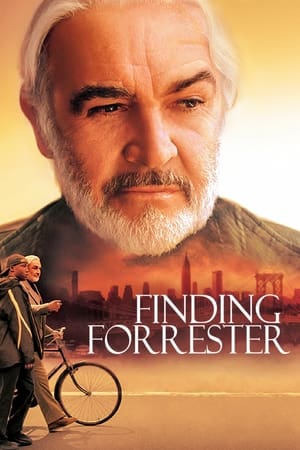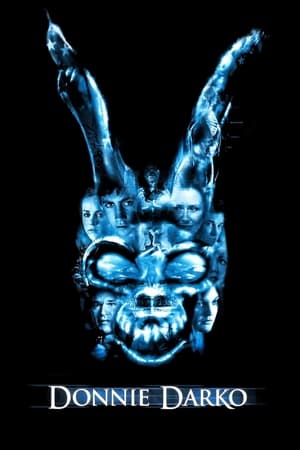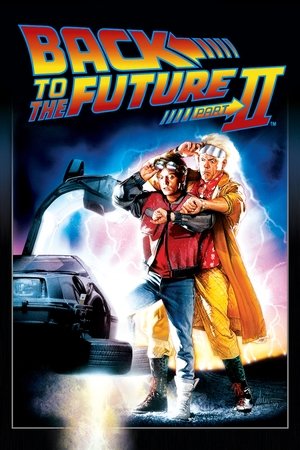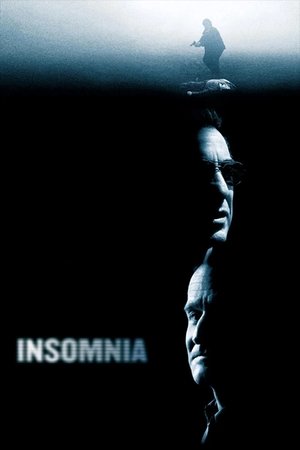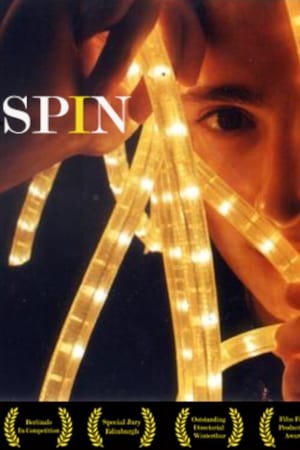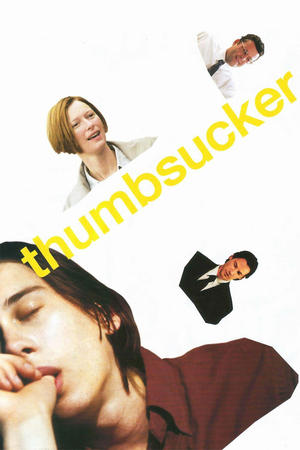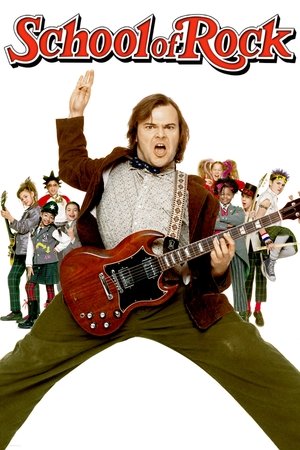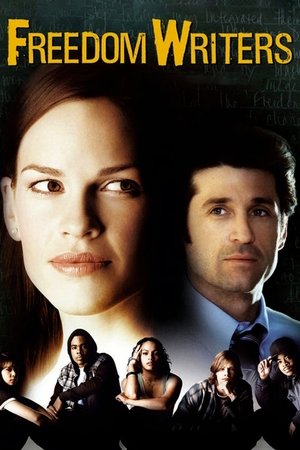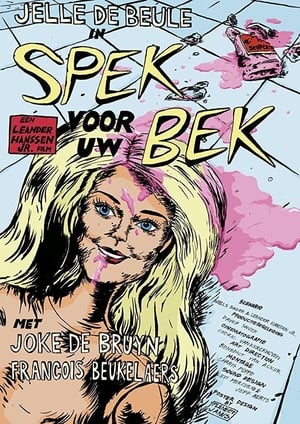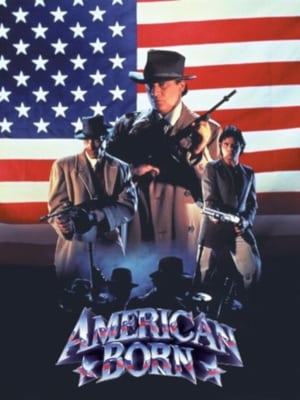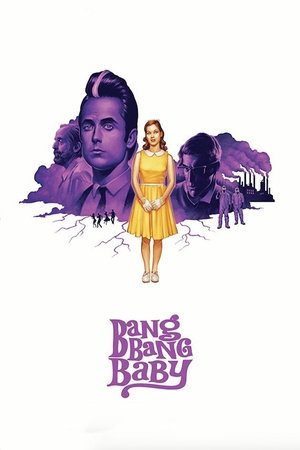Overview
From his prison cell, young Alan Musgrave relates his experiences of the previous year dedicated to fulfilling every whim of beautiful and self-absorbed high school senior Barbara Ann Greene.
Reviews
The early nineteen sixties were the great age of black comic satire in American cinema. Everyone remembers Doctor Strangelove and The Nutty Professor and Lolita and One Two Three and The Loved One.In a sense, this neglected masterpiece was the culmination. Even though Axelrod wasn't a genius like Kubrick or Wilder, this film hits its target just as unerringly. Think of it as a darker, much more savage Rushmore, in which almost all the false Gods of our civilization - phony preachers, psychoanalysis, public "education",consumerism, youth 'culture',- are weighed in the scales and found wanting. Roddy Mcdowall and Tuesday Weld give two of the great comic perfomances. Indeed, Mcdowall is inspirational to any would-be anarchist. Should be seen - and discussed - more often. Scorsese once listed this film among his "guilty pleasures": He has nothing to be guilty about-this is wonderful
Eccentric spoof of mid-60’s culture with Roddy McDowall and Tuesday Weld
RELEASED IN 1966 and directed by George Axelrod, "Lord Love a Duck” is a quirky satirical comedy/drama about a nonchalant student prodigy (Roddy McDowell) fascinated by a fellow senior girl (Tuesday Weld), using his preternatural gifting to grant her dubious wishes. Lola Albright plays the cocktail waitress mother of the girl while Harvey Korman is on hand as the principal. Martin West plays the girl’s eventual beau and Ruth Gordon his mother.
This is a wide-ranging satire of teenage culture in the mid-60s with targets ranging from 60’s beach flicks to marriage/divorce to progressive education. It’s uniqueness and quirkiness is its strength. The closest comparison would be a melding of “Village of the Giants” (1965) and maybe “What’s New Pussycat” (1965). The film jumps wildly about from comedy to satire to drama to tragedy to black humor. The only real negative is that it was inexplicably shot in black & white, which is absurd for a mainline pop flick shot in 1965.
McDowall was 36 during filming playing a high school senior, which he pulls off because of his youthful looks and the B&W photography tended to hide his age. His character, Alan “Mollymauk” Musgrave, is intriguing and comes across as a mixture of Svengali, Professor Higgins and Faust after his bargain with Mephistopheles. Some have described Mollymauk as a nerd genius. While he’s obviously a brain, he’s not a nerd because he’s too cool, confident and aloof, almost condescending to those he considers lesser than him, which just happens to be everyone, teen or adult.
The tagline for the film is: "It's about a man living in our insane world who suddenly goes stark raving sane and commits mass murder." What brought about the downfall of this extraordinary individual? His obsession with the beautiful-but-shallow Barbara Ann (Weld), whom he had the power to grant every whim, but couldn’t make her love him. Being a virtuoso Brainiac in high school, while a gift, is also a curse socially. Alan was helplessly attracted to Barbara Ann, but he knew she wasn't the type of girl that would go for him. Yet she wielded womanly power over him.
While I hate the B&W photography, this is one of the top flicks about 60’s culture from that era. Axelrod had a good eye for shooting women with the stunning Lynn Carey standing out as Sally, not to mention several peripheral curvy beauties. No offense to the fair Ms. Weld, but she was the least of these. Lastly, I prefer the kinetic first half to the second, which switches gears into drama, tragedy and black humor. But at least you can’t complain that the film’s one-dimensional.
THE MOVIE RUNS 1 hour, 45 minutes and was shot in the Los Angeles area (West Hollywood, Beverly Hills and Newport Beach). WRITERS: Axelrod & Larry H. Johnson wrote the screenplay based on Al Hine’s novel.
GRADE: A-/B+

 105 min
105 min
 5.574
5.574
 1966
1966
 USA
USA
 tricksy wrote:
tricksy wrote: